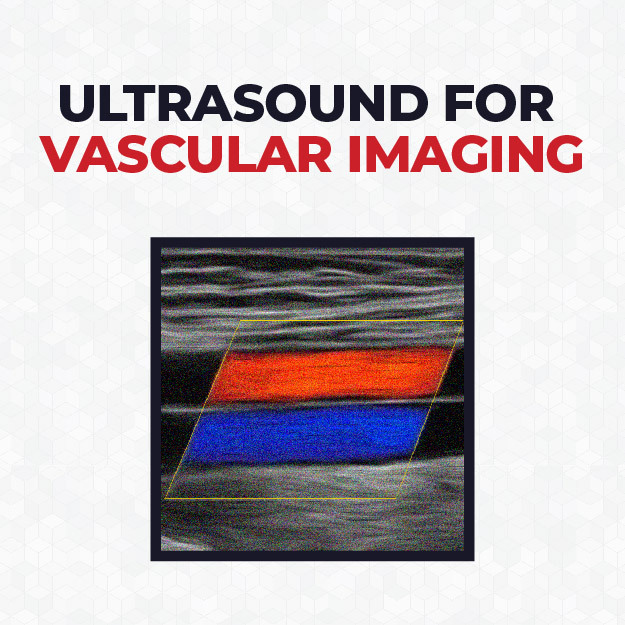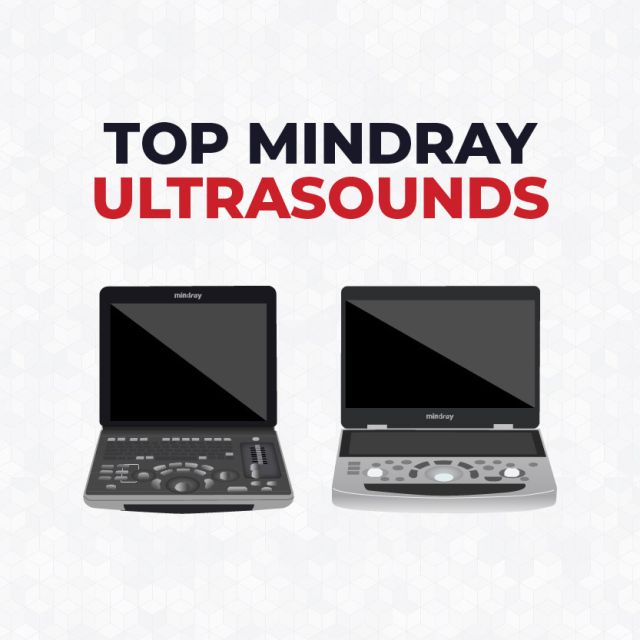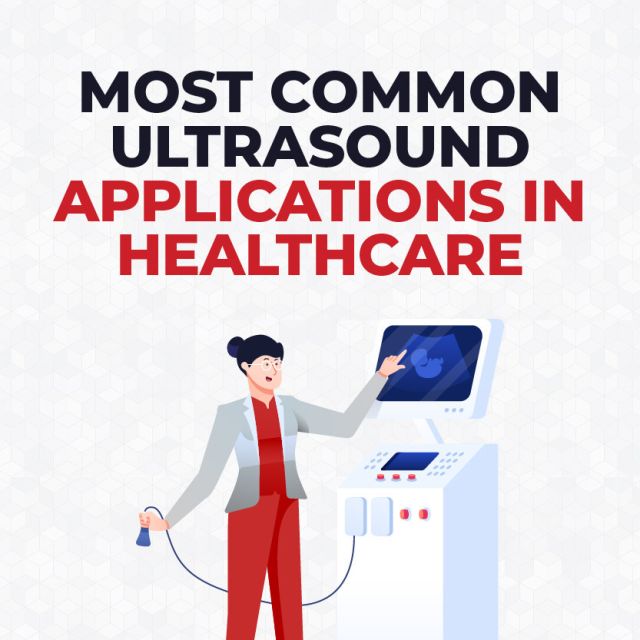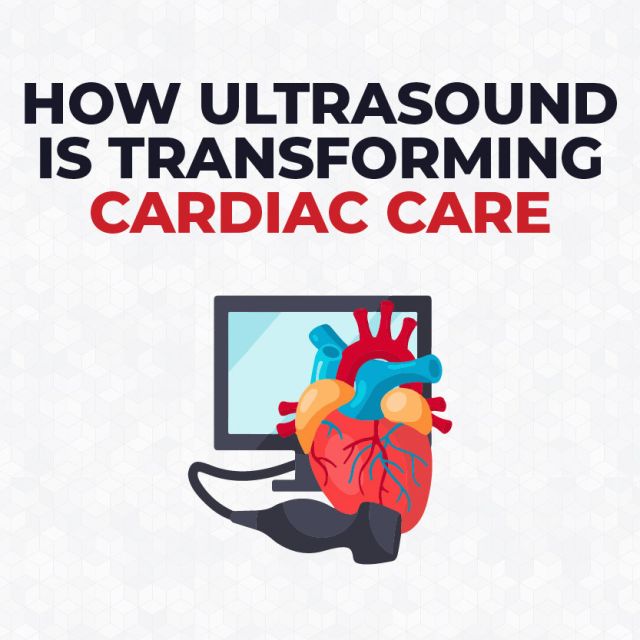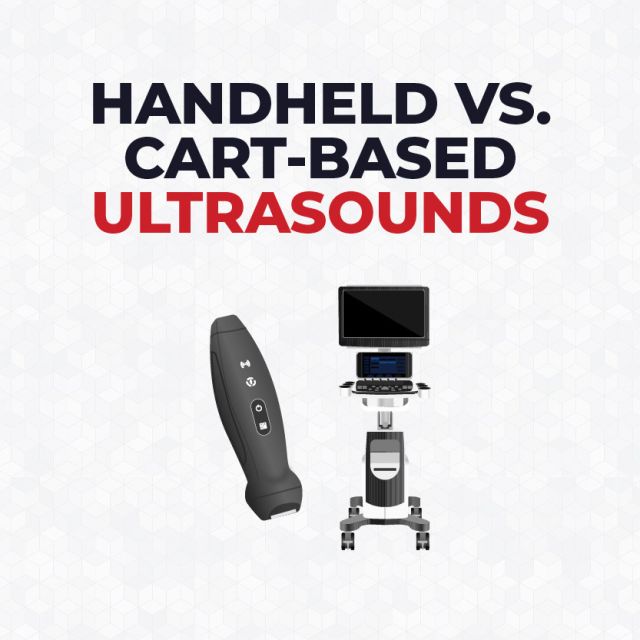Latest Innovations in Portable Ultrasound Technology
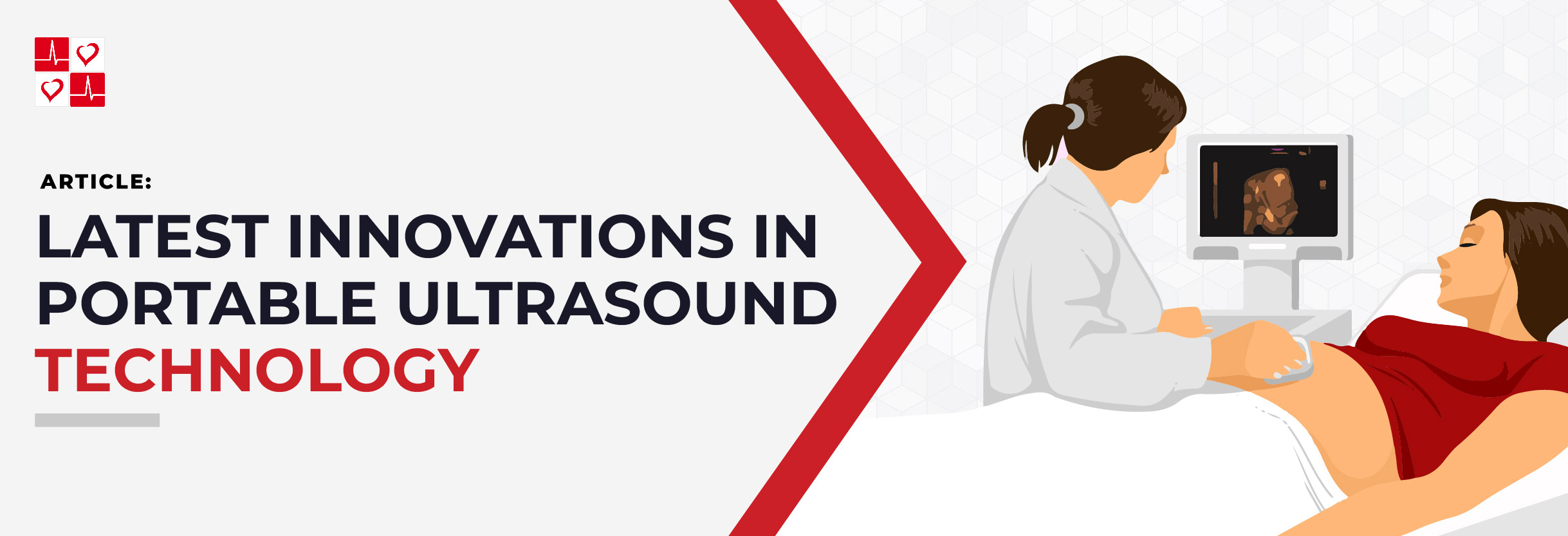
Introduction
Ultrasound technology in portable ultrasound machines has revolutionized medical imaging, offering clinicians the ability to perform diagnostic imaging anywhere, from the bedside to remote locations. Ultrasound machines have dramatically expanded point-of-care capabilities, improving diagnostic accuracy, patient outcomes, and operational efficiency. This article explores the latest advancements for portable ultrasounds and their impact on clinical practice.
Latest Innovations in Portable Ultrasound Technology
High-Resolution Imaging
One of the most significant advancements in portable ultrasound technology is the improvement in image resolution. Portable ultrasound devices now deliver hospital-grade imaging, allowing for accurate visualization of small structures and detailed anatomy, which is important in areas like cardiology and musculoskeletal imaging. With better resolution, clinicians can confidently make diagnostic decisions.
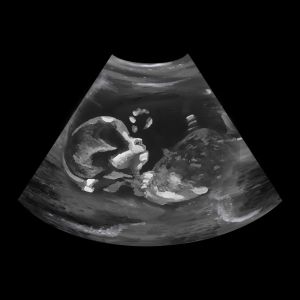
3D and 4D Imaging Capabilities
Portable ultrasound now offer 3D capabilties and 4D capabilities, enabling dynamic and real-time visualization of anatomical structures. In obstetrics and fetal medicine, this is particularly beneficial for assessing fetal health and development. Additionally, 3D and 4D imaging in portable devices support a broader range of applications, making them invaluable in clinics with varying diagnostic needs.

Elastography
Elastography is transforming non-invasive diagnostic techniques for liver disease, breast cancer, and thyroid assessments, giving physicians a real-time view of tissue characteristics. As this technology becomes more refined, elastography in portable devices offers clinicians an expanded toolkit for diagnosing and monitoring conditions without requiring invasive procedures.
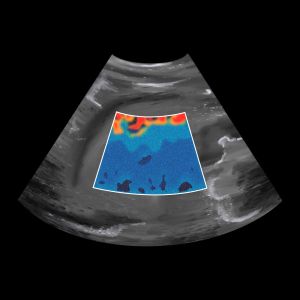
Artificial Intelligence in Portable Ultrasound Devices
The integration of artificial intelligence (AI) in portable ultrasound systems is streamlining ultrasound machine workflow and increasing diagnostic accuracy. AI now assists in automating measurements, enhancing image acquisition, and guiding users through scans. This integration reduces the variability between operators and improves the overall efficiency of the diagnostic process.

Tele-Ultrasound
Tele-ultrasound allows specialists to guide clinicians in real time during ultrasound examinations, no matter where their location is. Often times, it feels like having the cardiology specialist right there in the room, even if they’re hundreds of miles away. With portable ultrasound devices connected to telemedicine platforms, practitioners can receive real-time support from experts, improving diagnostic accuracy and patient care.

Wireless Portable Ultrasound Devices
Wireless portable ultrasound systems, such as the Mindray TE Air and the Soloscan P50, have enhanced mobility and are particularly advantageous in settings such as ambulances. With remote connectivity, wireless ultrasound devices enable seamless image sharing, further expanding access to diagnostic imaging.

Closing
Portable ultrasound technology has significantly expanded the reach of diagnostic imaging, offering clinicians a powerful, flexible tool that can be used in nearly any setting. The advancements in portability, resolution, and AI integration are transforming how ultrasound is applied in medical practice. As these technologies continue to evolve, portable ultrasounds will undoubtedly play an increasingly role in patient care, offering both convenience and precision in diagnostics.


